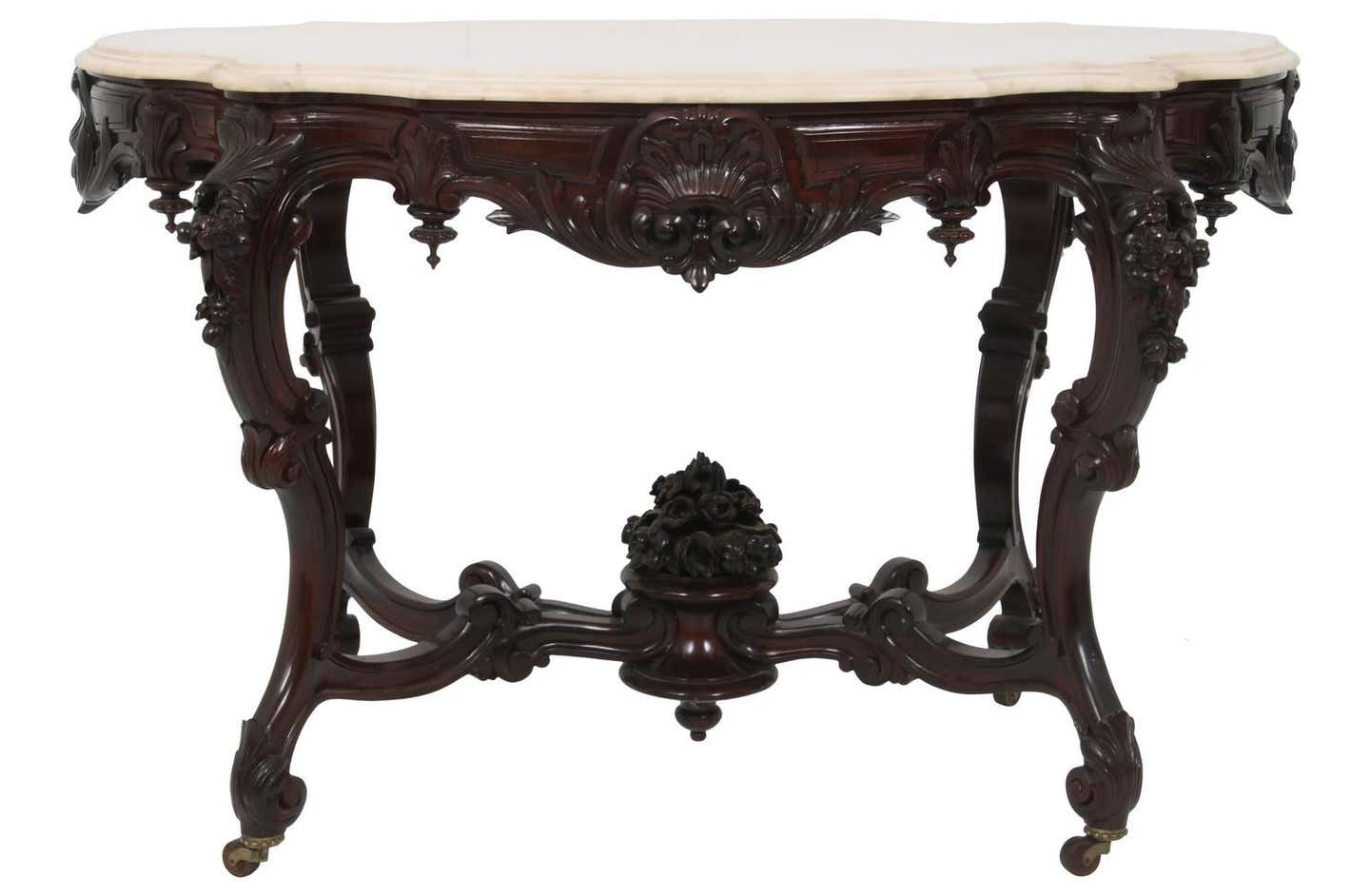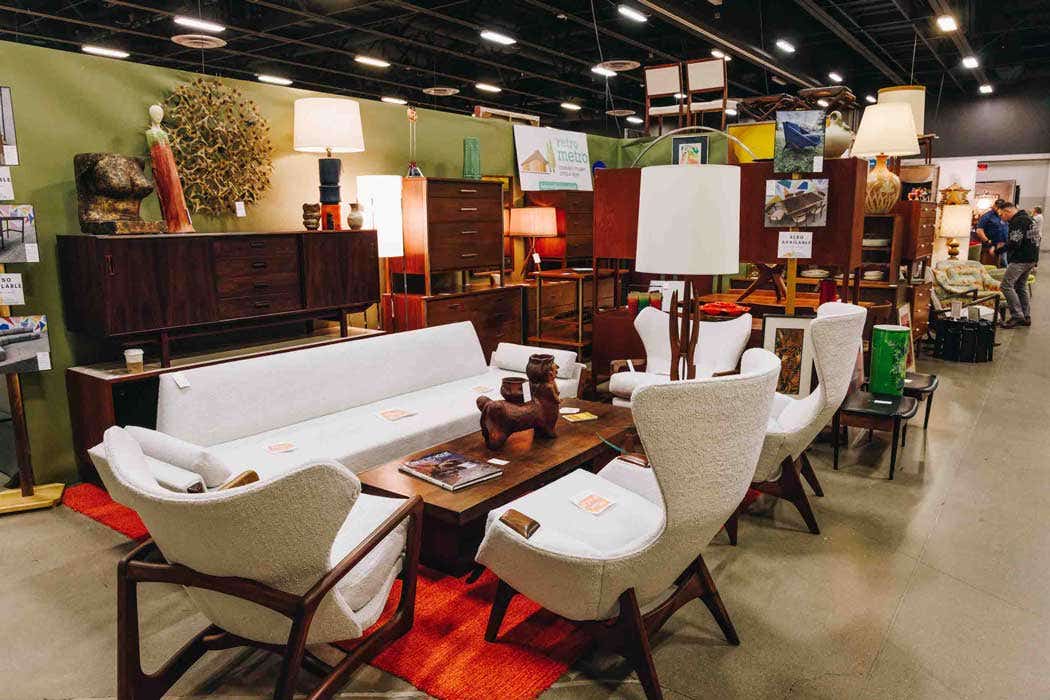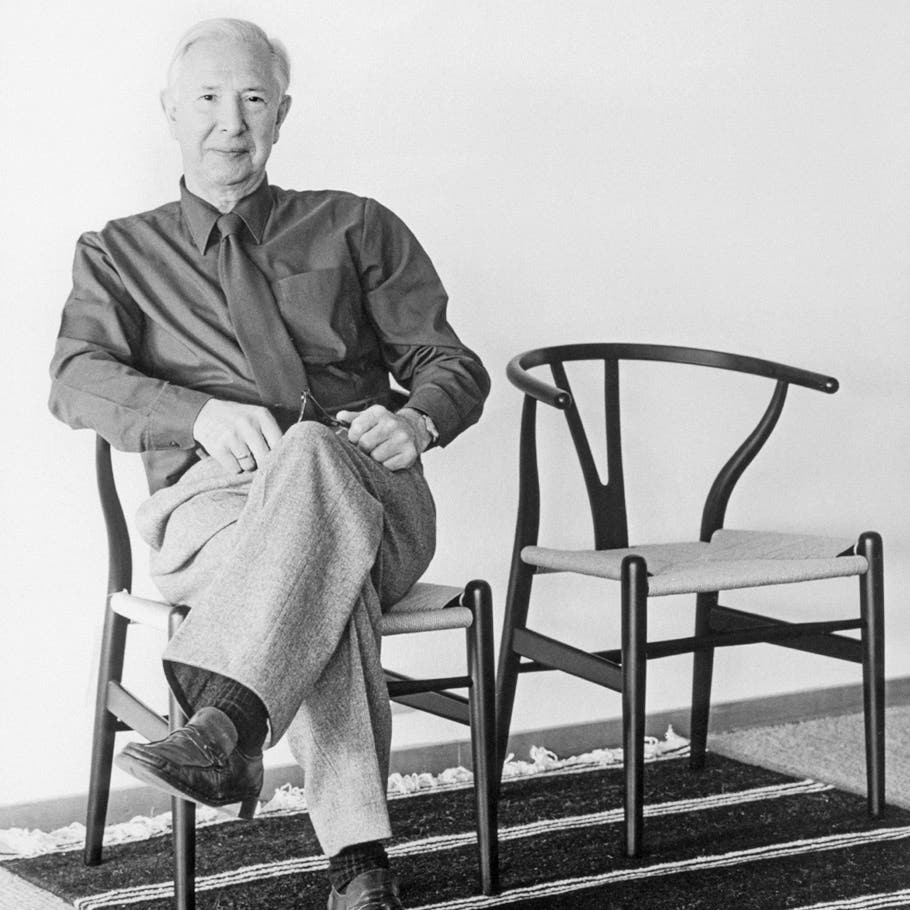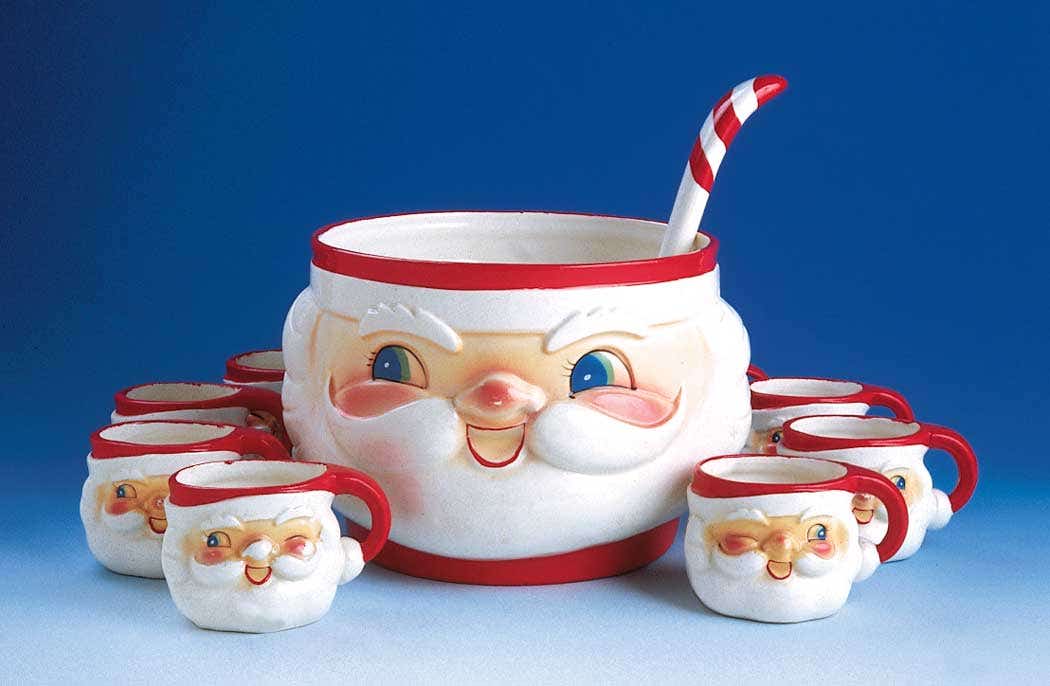Slumber chair exhibits Oriental influence
World fairs and expositions introduced large numbers of people to new innovations, and that exposure went on to influence design and inventions, including the slumber chair, explains Furniture Detective Fred Taylor.
QCan you possibly tell me when this chair was made. I found info on the patent for the pullout foot stool but I am hoping to find info on what time it was made and perhaps what model it is as it has an Asian feel. It was made by a company named Streit. Thanks for any info.
Streit's Slumber Chair
AStreit Manufacturing was formed in Cincinnati in 1871 making upholstered chairs and recliners. Your slumber chair shows the significant Oriental influence that became popular after the Centennial Exposition of 1876 in Philadelphia.The Japanese exhibit was the hit of the Exposition and oriental themes became part of American furniture for the next 20 years or so. The feet of the slumber chair are much less oriental than the geometric designs or the turned faux bamboo arm supports.
The slumber chair is made of birch with a mahogany polish. This chair appears to have been made around the turn of the century when the Morris style chair of manual recliner was most popular even though the form had been developed many years earlier in England by William Morris, one of the founders of the Arts and Crafts Movement. Streit became well known in the Depression era for its comfortable recliner, the “Slumber Chair” which was made from the 1920s to the 1950s or 1960s.
Table's Size Speaks to Certain Period
QI am researching a table I own. It was made by White in 1920. Made of mahogany with cherry veneer. It folds down to half-table size, about 2 feet deep, but unfolds to 4 feet, and has three leaves to make it suitable for seating for eight. There are brass wheels, brass sliders and other mechanisms for folding. This seems to me to be a more utilitarian piece made by White, rather than a higher end piece. I am curious to know some of the history of this table, perhaps even how much it might be worth or how to find that information.
Thank you for your time.
A I am curious to know how you know the table was made in 1920. The table is made of ribbon striped mahogany veneer over lumber core plywood, the standard substrate of the first half of the 20th century. The front panel is veneered in crotch mahogany with satinwood inlay. There is no cherry in the table. The legs and frame are made of gum with a mahogany stain.
White was formed in Mebane, N.C., in 1881 and closed in 1992. This table is a form commonly made during the Depression era of the late 1920s and 1930s. It was designed for use in the small apartments that many families had to move into during the Depression. The table could open up to seat a full family and then fold up out of the way. It was also used as an auxiliary serving piec e. In some areas it was called a “plantation” table.
Setting Sights on Selling Victorian Sofa
The style is Colonial Revival, a reproduction based on designs by Thomas Sheraton in the early 1800s. In its current difficult condition it would sell at auction for around $200.
QI really appreciate any information you are able to give me. I’m helping my friend sell a Victorian sofa that was purchased in New York, about 15-20 years ago for about $7,000. It is a genuine antique, not a reproduction, with the original upholstery. It is in reasonable condition (upholstery needs cleaning, wood trim may need some refinishing). My friend has tried antique stores, consignment stores, etc. and nobody is interested, which I find difficult to believe. I appreciate any help. Thank you.
A Some terminology first. The word “Victorian” refers to the period when Victoria was on the throne of England, 1837-1901. It is not a furniture style. There were a great many styles during the 19th century but none of them were named “Victorian.”
Popularity of Rococo Revival Influences Value
The style of the couch is Rococo Revival, the most popular style of the Victorian period. It lasted from around 1845 to about 1890. The upholstery is probably not original. The couch is trimmed in a double welt which was not used in the mid 19th century.
The market for Victorian era “brown goods” has fallen dramatically in the last few years with only the best examples of known makers like Belter, Meeks, etc. or very unusual pieces bringing good prices. The triple back style of that couch is not very appealing in today’s market and overall the craftsmanship is mediocre compared to some of the work of the period so I am not surprised at a low level of retail interest in Canada.
The period does a little better in the United States, especially in the South. The best bet is to consign the couch to an auction with a reasonable reserve attached. My guess is that it will sell for no more than $500 to $700 U.S.
With more than 30 in the antique furniture business, Fred Taylor is a household name when it comes to the practical methods of identifying older and antique furniture: construction techniques; construction materials; and style.






